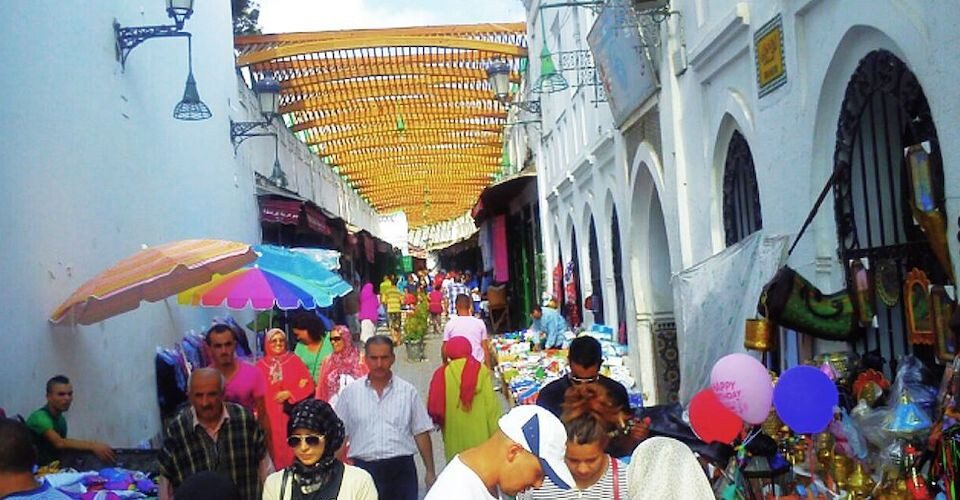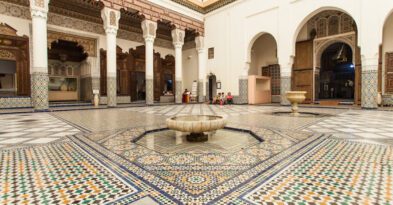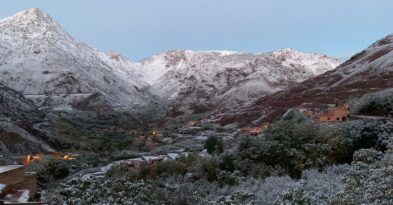Enjoying a solo trip in Morocco
Traveling alone is a profound practice of self-dialogue. Journeying is the best way to broaden your horizons, draw inspiration, and transform your life into a story that inspires others. Solo travel allows you to rediscover your true self through unexpected surprises and encounters along the way. If traveling alone is so rewarding, and you seek a journey that touches the soul, Morocco is undoubtedly the perfect destination—a land that writes unique footnotes to life for solo travelers, using its millennia-old civilization as parchment and its vibrant souks as ink.
If you’re planning a solo adventure in Morocco, here are some practical tips we’ve gathered to help you prepare:
1. Have a prior understanding of Moroccan culture
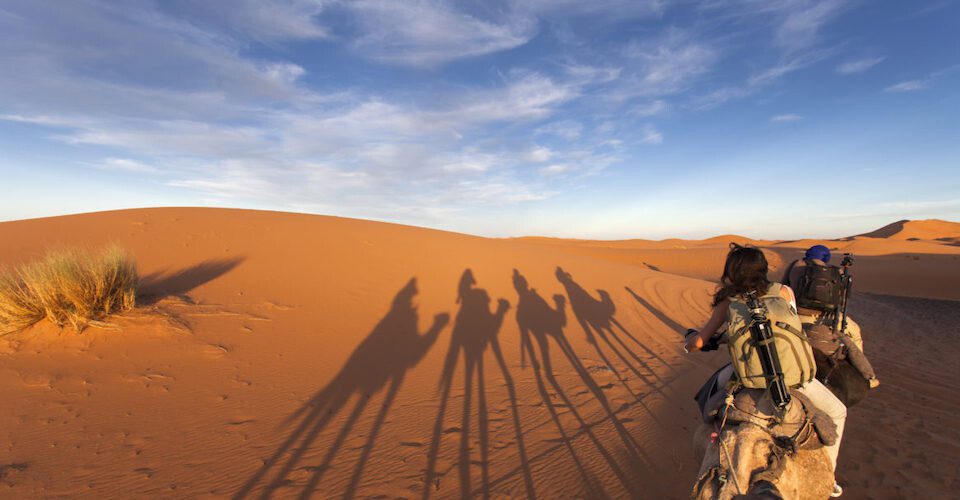
Before embarking on your journey to Morocco, understanding these five cultural dimensions will transform your trip into a profound dialogue with ancient civilizations:
I. Identity Imprints from Shifting Dynasties
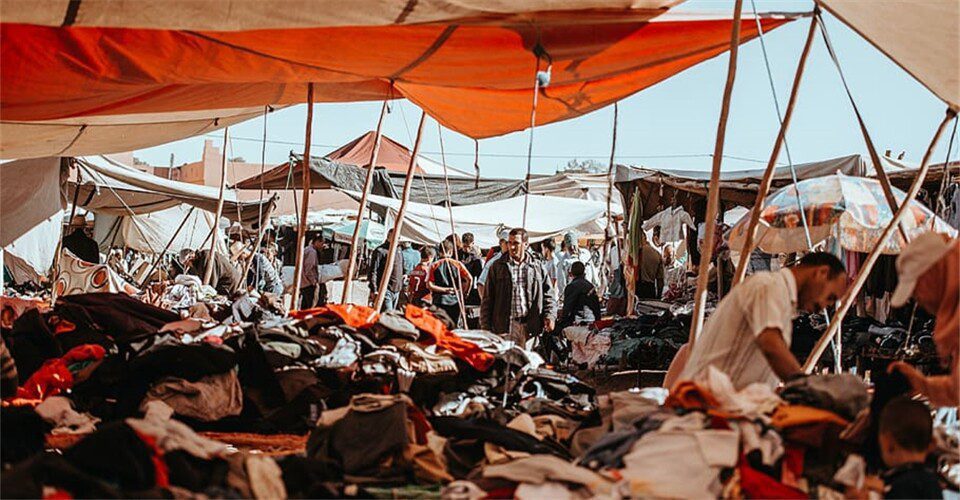
Berber Heritage: Earthen castles (Kasbahs) and geometric patterns created by the indigenous people serve as spiritual symbols of resistance against the desert and colonization.
Arabization Process: Islam, introduced in the 7th century, reshaped social structures. The modern dome of the Hassan II Mosque and traditional Mamluk patterns bear witness to this enduring faith.
Layers of Colonial Memory: The Art Deco architecture and French linguistic environment from the French Protectorate period form a cultural collage with the Spanish plazas in the north.
II. The Inner Logic of Religious Life
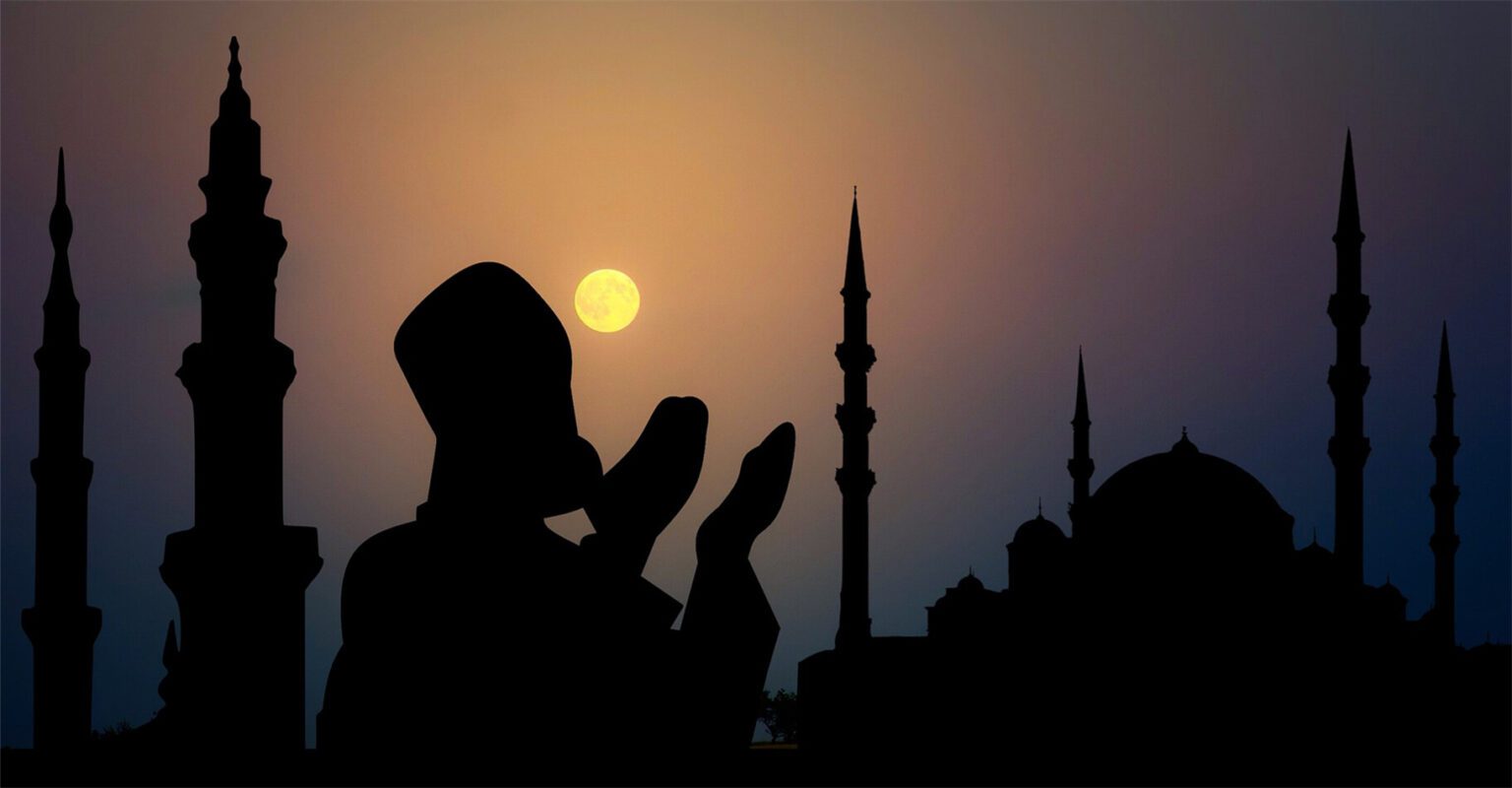
Islamic Concept of Time: Experience the unique rhythm of bustling souks after sunset during Ramadan, and the sudden silence in ancient city alleys during Friday prayers.
Sufi Mysticism: The Gnawa music carries the memory of enslaved Africans, while religious chants drift through the night in holy cities like Fez.
Understanding Religious Nuances: Learn to identify historic Jewish quarter houses by their door knockers and understand the architectural alignment (Mihrab) towards Mecca.
III. The Philosophical System Within Handicrafts
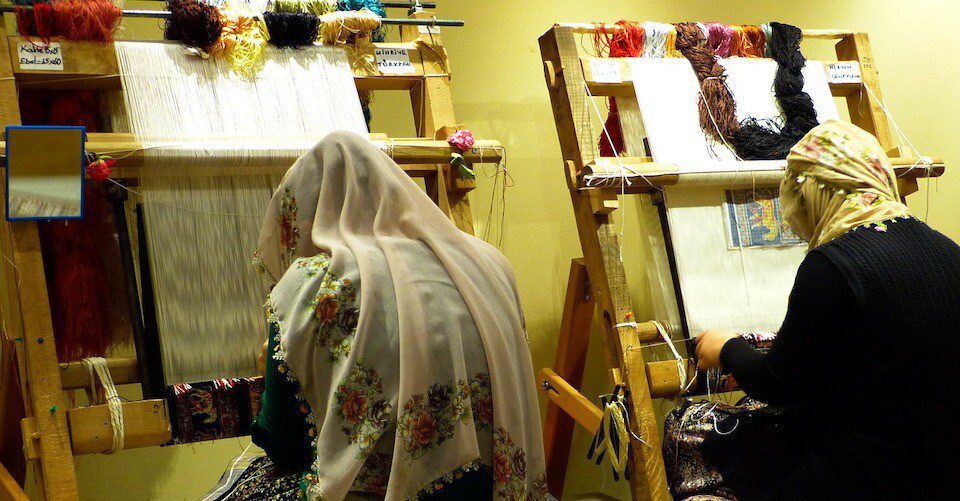
The Paradox of Geometry: The infinitely repeating patterns of Zellij mosaics conceal the humble Islamic belief that “perfection belongs only to God.”
The Geography of Color: Marrakech’s ochre red comes from its suburban soil, while Chefchaouen’s blue originates from the indigo tradition brought by Jewish refugees.
The Anthropology of Materials: Berber women in the Atlas Mountains weave carpets where each pattern corresponds to a tribal migration route.
IV. The Unspoken Boundaries of Social Etiquette

The Tea Ceremony Trilogy: The three cups of mint tea, progressing from bitter to sweet, metaphorically reflect the “three flavors of life.”
The Gendering of Space: The clever separation of male and female areas in traditional riads contrasts with the increasingly blurred gender boundaries in contemporary art galleries.
The Psychology of Negotiation: The subtle positioning of tea cups during souk haggling signals psychological games, while a hand over the heart during a handshake conveys sincerity.
V. The Modern Nation’s Identity Reformation
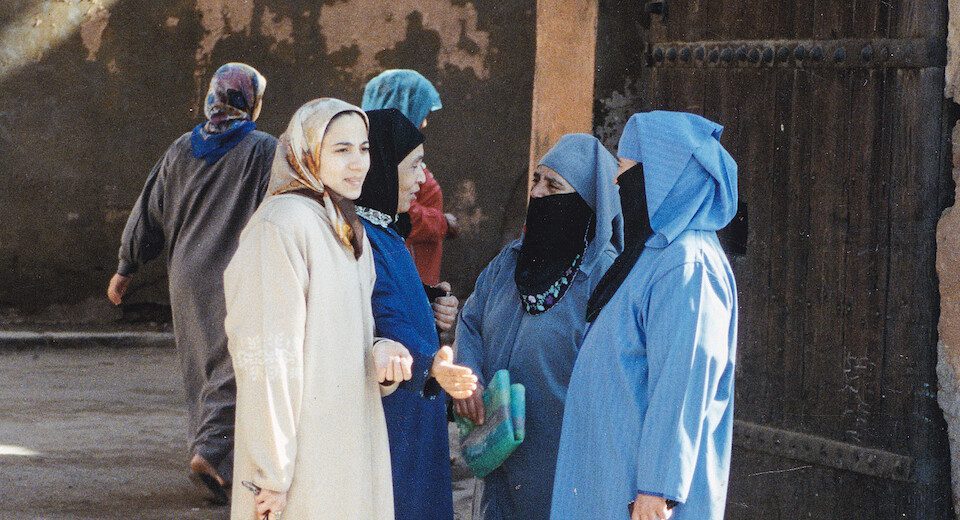
The Politics of Language: The tug-of-war between Arabic’s official status and the Berber language’s legal recognition, alongside French’s special role in elite education.
Cultural Export Strategies: From the colonial botanical garden at YSL’s Jardin Majorelle to contemporary art biennials, observe how Morocco transforms tradition into soft power.
Armed with this cultural decoder, the snake charmers in Marrakech’s square become more than a curious performance—they are the cultural continuation of Berber snake-charming families. The Sahara’s stars are not just a natural wonder but a millennia-old celestial map for nomadic peoples. What truly fascinates about this land are not the Instagram-famous spots, but the civilizational dialogues hidden in every detail of daily life, waiting to be understood.
2. Learn a few phrases in Arabic, French or even Spanish
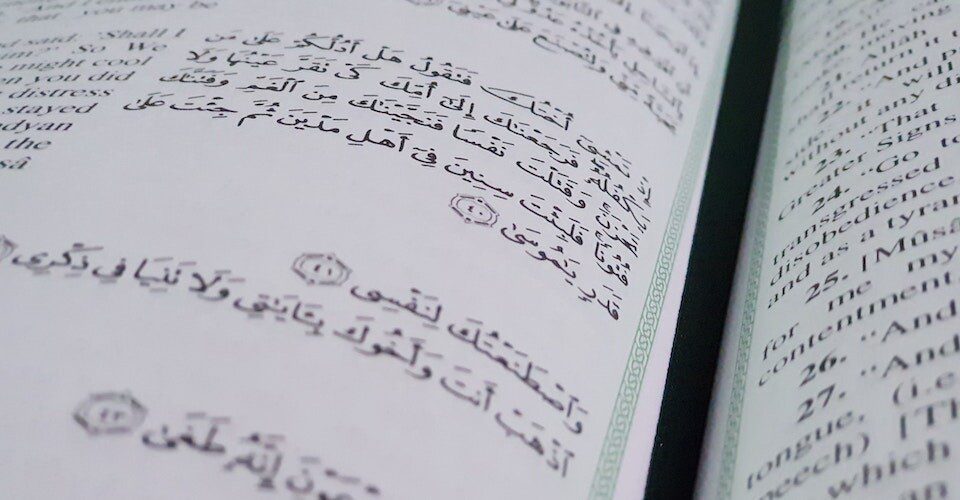
Mastering these basic phrases will serve as a cultural key to unlocking the true essence of Morocco:
Essential Greetings
Arabic: مرحبا (Marhaba) – Hello / شكراً (Shukran) – Thank you
Berber: ⴰⵣⵓⵍ (Azul) – Greetings / ⵜⴰⵏⵎⵉⵔⵜ (Tanmirt) – Thank you
French: Bonjour – Good day / Merci – Thank you
Market Essentials
بكم هذا؟ (Bikam hadha?) – How much is this?
هات القيمة الحقيقية (Hat al qeema al haqiqiya) – Please give me the real price
غادي ندير ليك سعر خاص (Ghadi ndir lik se’er khass) – I’ll give you a special price (Darija dialect)
Dining Scenarios
Ordering mint tea: أتاي (Atay)
Complimenting food: بالعافية (Bil’afiya) – May it bring you health (traditional blessing)
Asking for the bill: الحساب من فضلك (Al hisab min fadlik)
Transportation
Taxi negotiation: زوين (Zween) – Good/fair (to accept a price)
Asking for directions: الفندق فين؟ (Al funduq feen?) – Where is the hotel?
Cultural Nuances
Greeting etiquette: Right hand over heart with a slight nod
Counting: Use your thumb for “1” instead of your index finger
Appreciation taboo: Avoid directly complimenting personal items in someone’s home
Learning these phrases does more than show respect—it will help you gain personal guidance from leather artisans in the labyrinthine alleys of Fez, receive extra sweets from Berber hosts in Sahara camps, and discover hidden courtyards in Marrakech souks known only to locals. Language is not merely a tool, but a sonic bridge connecting different civilizations.
3. Map your own route in Morocco
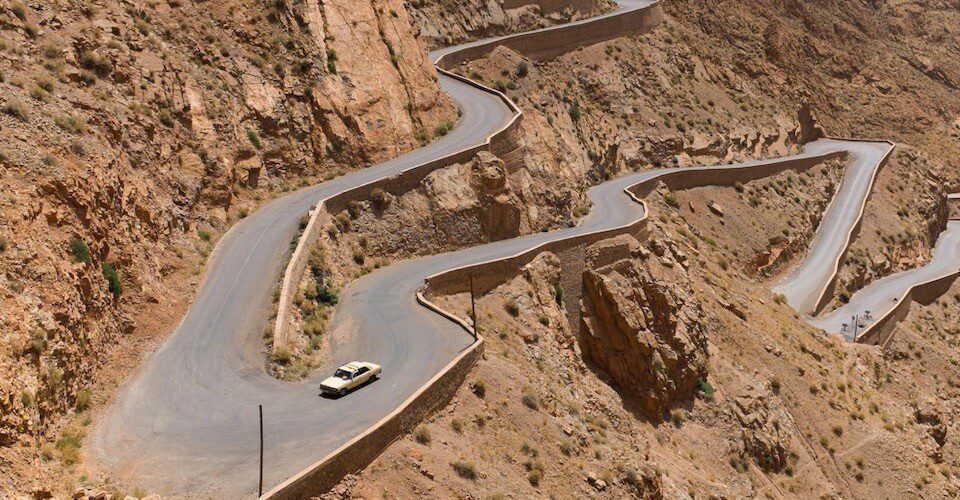
This is your journey – feel free to pre-select the sights you wish to see or choose an itinerary that perfectly matches your needs. While this part truly depends on your interests and tastes, there will always be unmissable classics.
In Morocco’s case, we naturally speak of the imperial cities, or the magnificent region between the desert and Marrakech – filled with gorges and rock formations, where shifting sunlight illuminates varied landscapes, making it ideal for photography lovers. A stunning example is the Todra Gorge, where the Tinghir palm grove creates a fertile and magical oasis, lending the area incredible natural diversity.
If you need our assistance for an unforgettable trip, →here to contact us at anytime!
4. Don’t be afraid
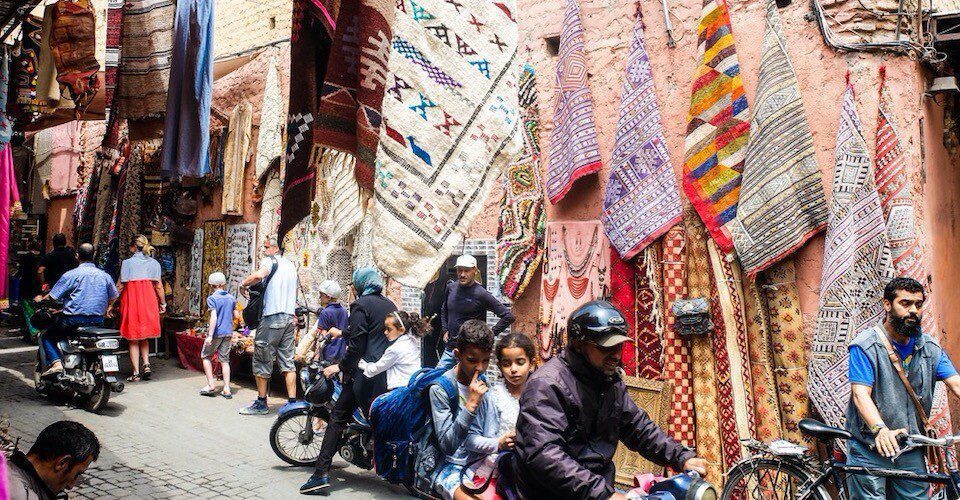
Don’t give up on your journey—embrace it fully! It’s not worth abandoning new paths simply because you walk them alone. Often, traveling solo leads to even richer, more meaningful experiences. On the road, you’ll come to know yourself, enjoy your own company, and gain self-awareness beyond what you ever imagined.
You’ll mature through moments like sharing mint tea with a local tea master under the stars of Marrakech, learning the language of silence in the Sahara desert, or connecting deeply with a spice vendor in the Fez Medina. Solo travel isn’t a footnote to loneliness—it’s another way to embrace the world tenderly. The world has gifted you beautiful places like Morocco; now gift yourself this journey.
Contact us for more travel information!

